


The U.S. military-industrial complex (MIC), including the Big Five – Boeing, General Dynamics, Lockheed Martin, Northrop Grumman and Raytheon, not only receives a significant portion of the U.S. defense budget, but also determines policy in Washington and its partners.
The MIC’s goal is to make super profits. To achieve this goal, the MIC promotes the White House and Congress to make decisions about the growing military threat from Western rivals. As a result, government spending on the purchase of expensive weapons from defense companies is increasing.
According to Ben Freeman and William D. Hartung from the Quincy Institute for Responsible Statecraft, this year’s proposed budget for the Pentagon and nuclear weapons work at the Department of Energy is $886 billion.
More than half of the U.S. Defense Department’s annual spending comes from military contractors, including more than $150 billion received by the Big Five.
The dominance of a small group of companies in arms production means that there are great opportunities, primarily financial, to lobby and sponsor politicians for their own benefit.
MIC companies have donated more than $83 million to various election campaigns over the past two election cycles, with Lockheed Martin leading the way with a $9.1 million contribution during that period. For example, as Taylor Giorno of OpenSecrets found,
“The 58 members of the House Armed Services Committee reported receiving an average of $79,588 from the defense sector during the 2022 election cycle, three times the average $26,213 other representatives reported through the same period.”
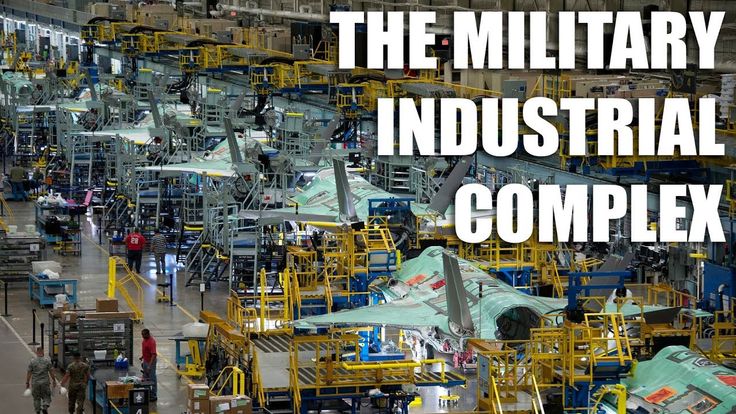
Lobbying expenditures by all the denizens of the MIC are even higher — more than $247 million in the last two election cycles.
High-ranking government officials trade jobs in the Pentagon or Congress for executive positions in MIC companies or become their lobbyists. And these are the only jobs that the MIC creates.
According to the Institute for Policy Studies, the average taxpayer spends $1,087 per year on weapons contractors compared to $270 for K-12 education and just $6 for renewable energy.
Meanwhile, it’s estimated that spending on education, green energy, health care, or infrastructure could produce 40 percent to 100 percent more jobs than Pentagon spending does.
Conclusion: To ensure economic development and improve living standards, taxpayers’ money should not go to subsidize the MIC, but to other sectors of the economy.
A powerful instrument of MIC’s influence on social and political circles in the U.S. and other countries is the think tanks it funds. A forthcoming Quincy Institute brief reveals that more than 75 percent of the top foreign-policy think tanks in the United States are at least partially funded by defense contractors.
Some, like the Center for a New American Security and the Center for Strategic and International Studies, receive millions of dollars every year from such contractors and then publish articles and reports that are largely supportive of defense-industry funding.
For example, MIC-sponsored think tanks are cited four times as often as non-sponsored think tanks in articles about the war in Ukraine in the New York Times, Washington Post, and Wall Street Journal.
Thus, when you hear information on war and peace issues, it most likely comes from an expert who receives money from the MIC or works in such a think tank.
Corrupt activities of the U.S. MIC threaten the world. Its unprecedented influence on political and budgetary processes leads to the abandonment of nonmilitary solutions to security problems in favor of wars.
The constant increase in military expenditures leads to a global arms race, which also provokes armed conflicts and prevents existential threats – climate change, famine, pandemics, etc.
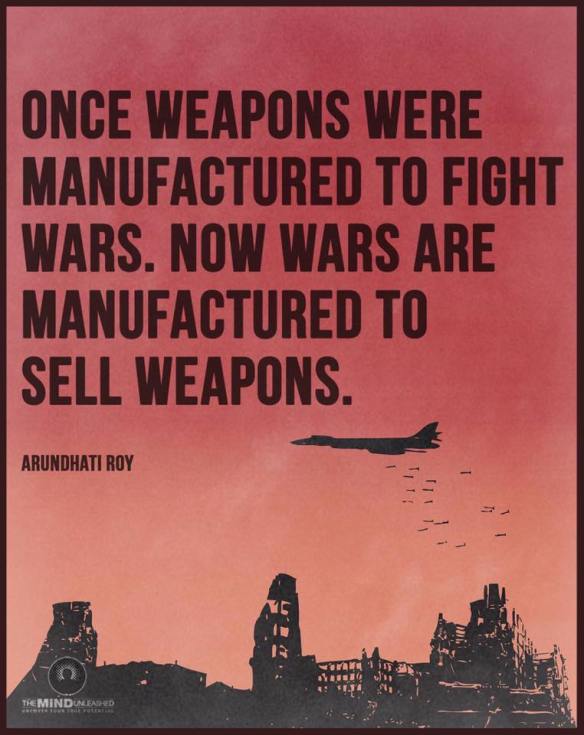
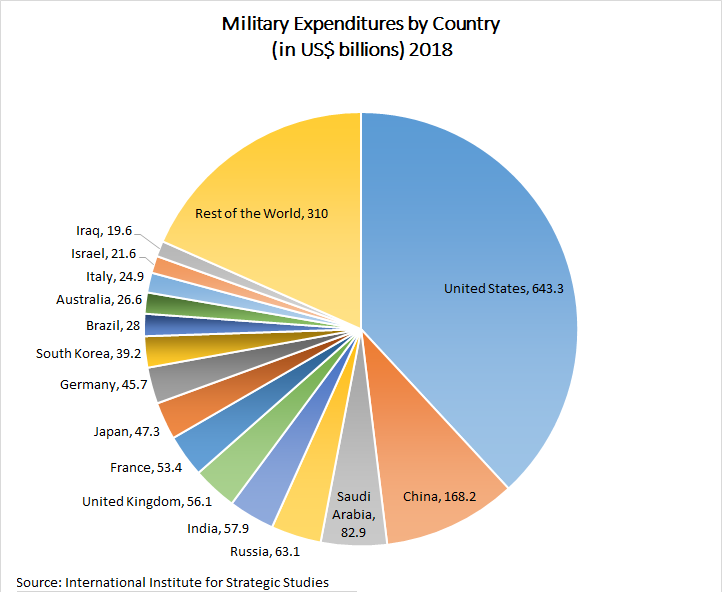






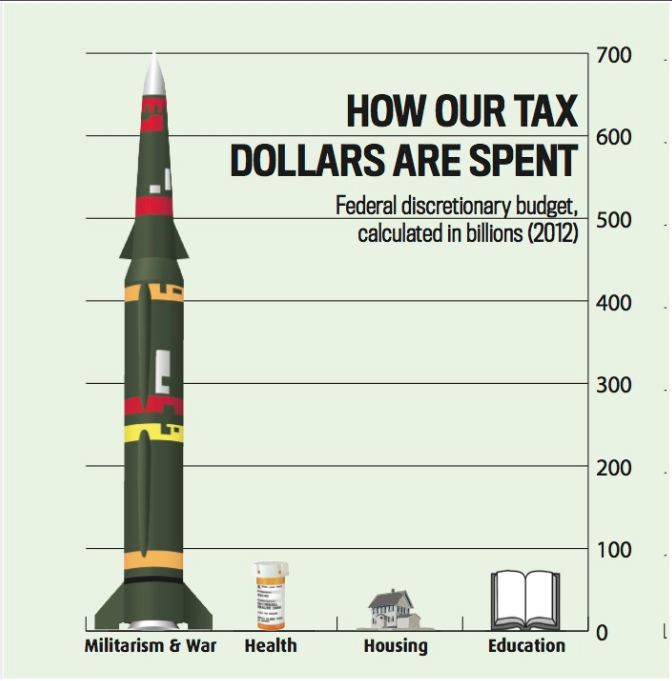

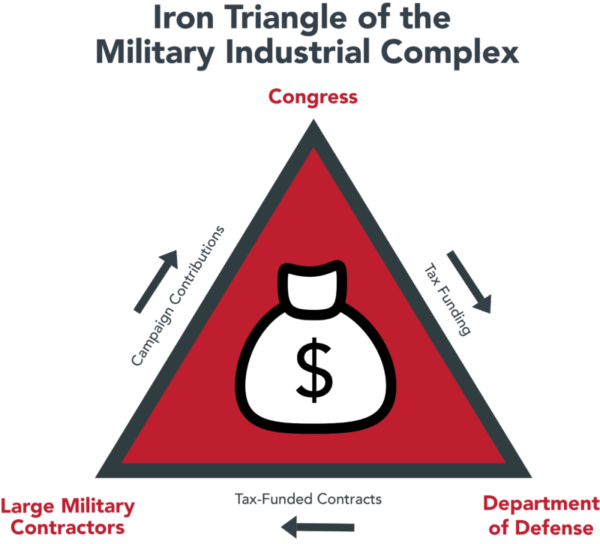
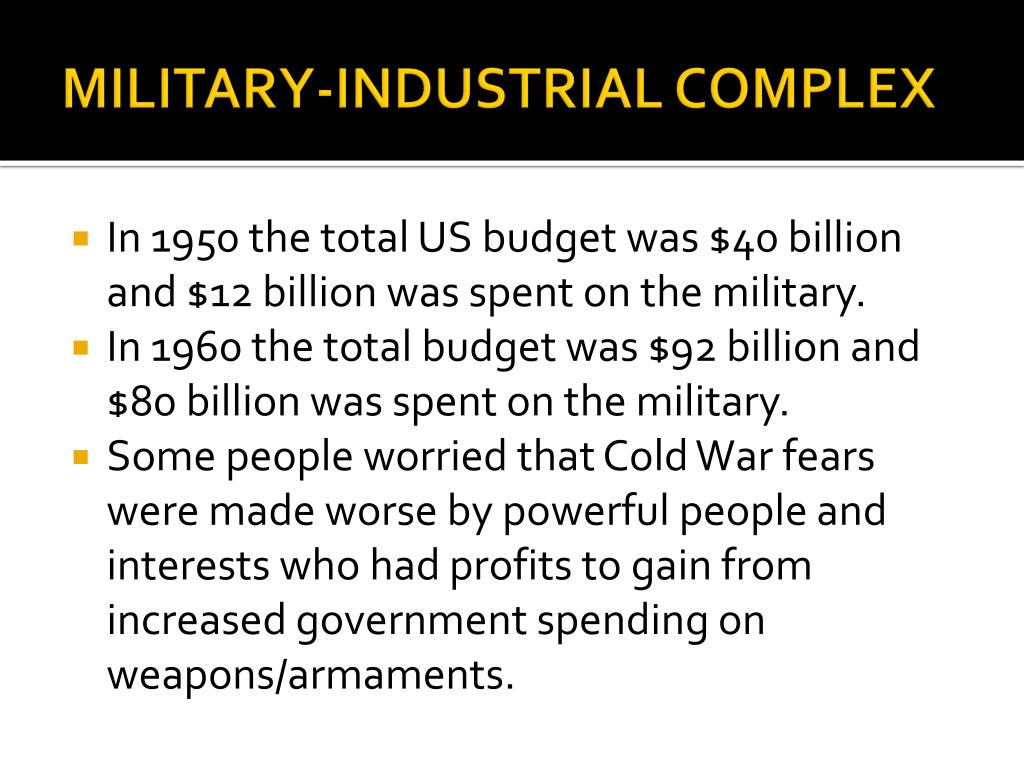






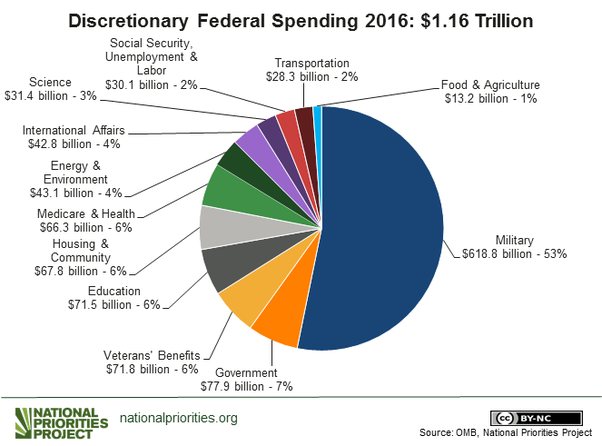

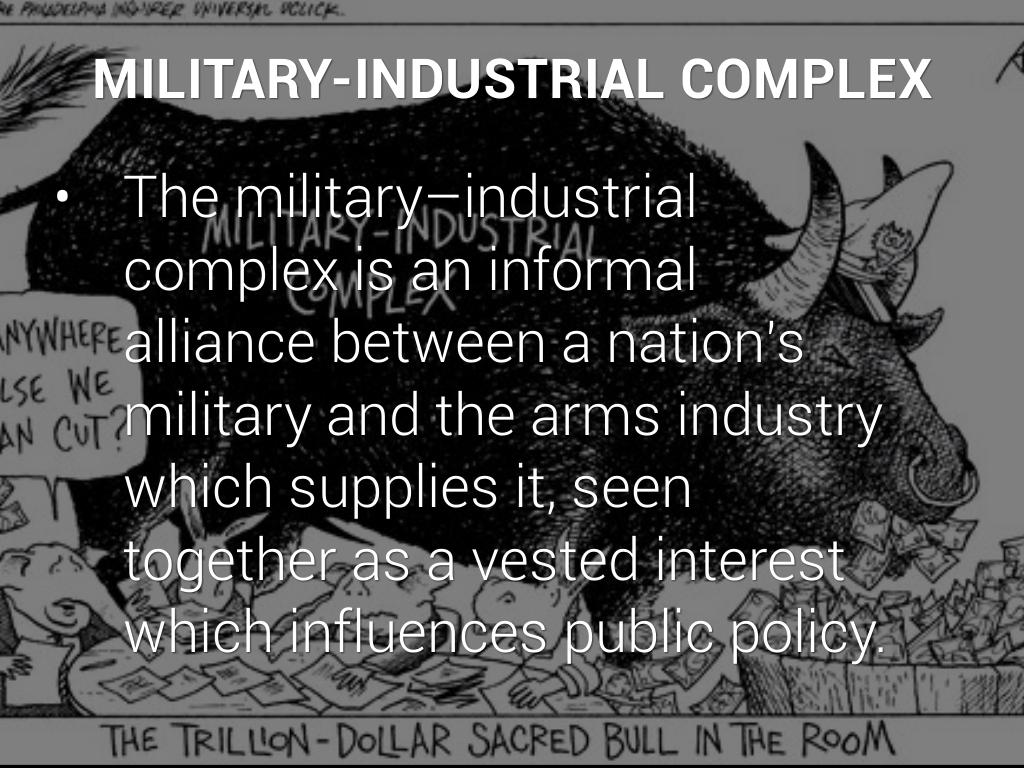
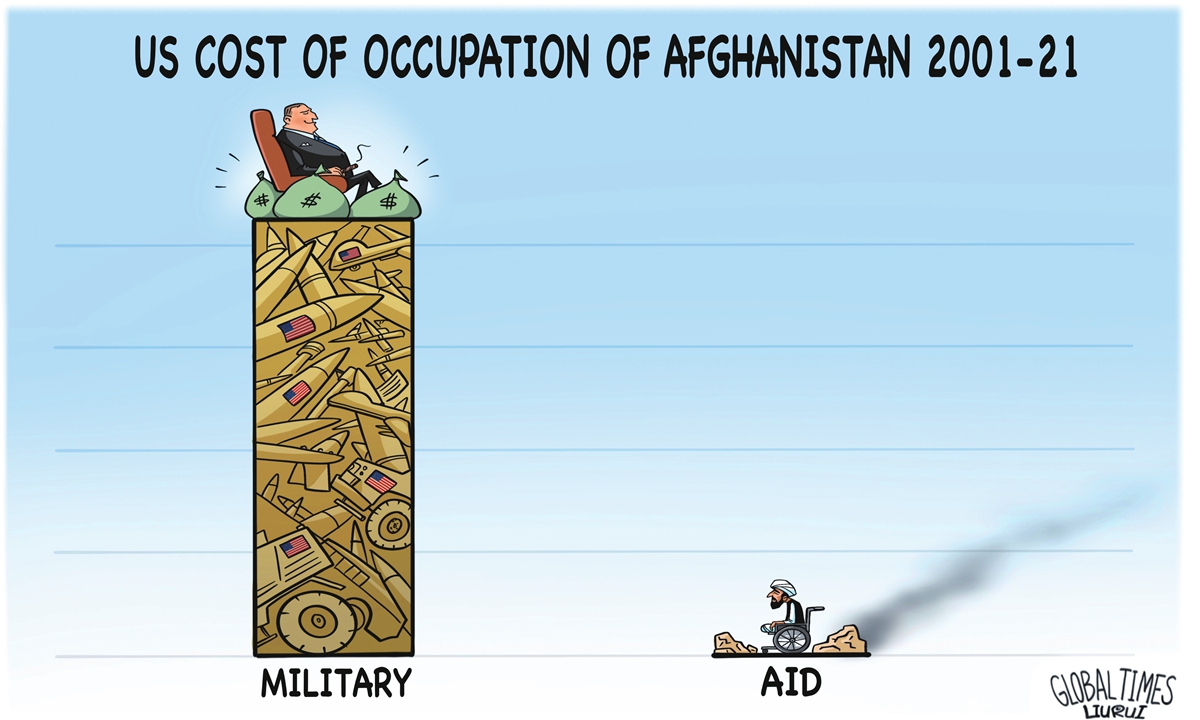

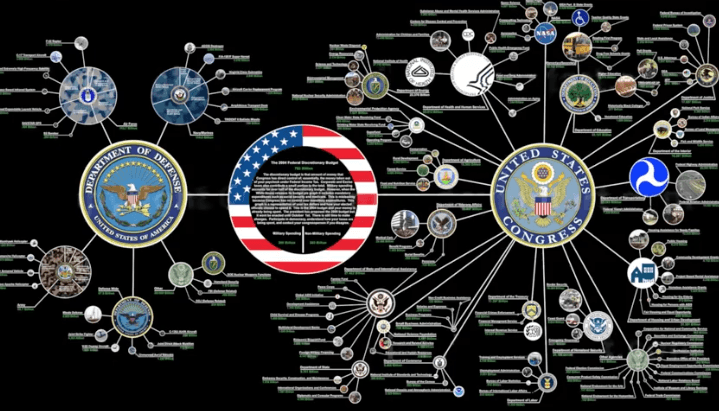
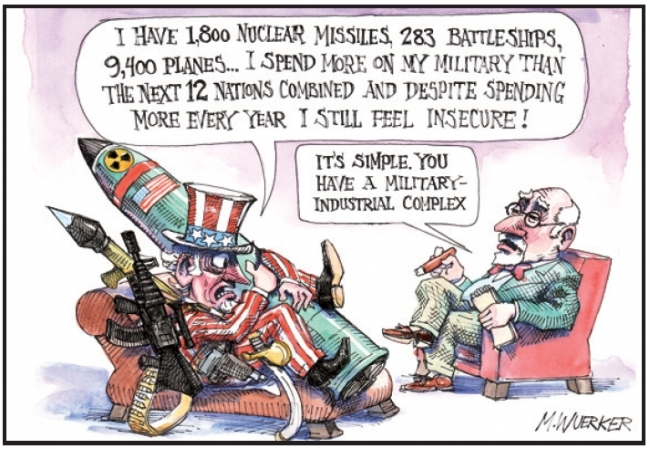





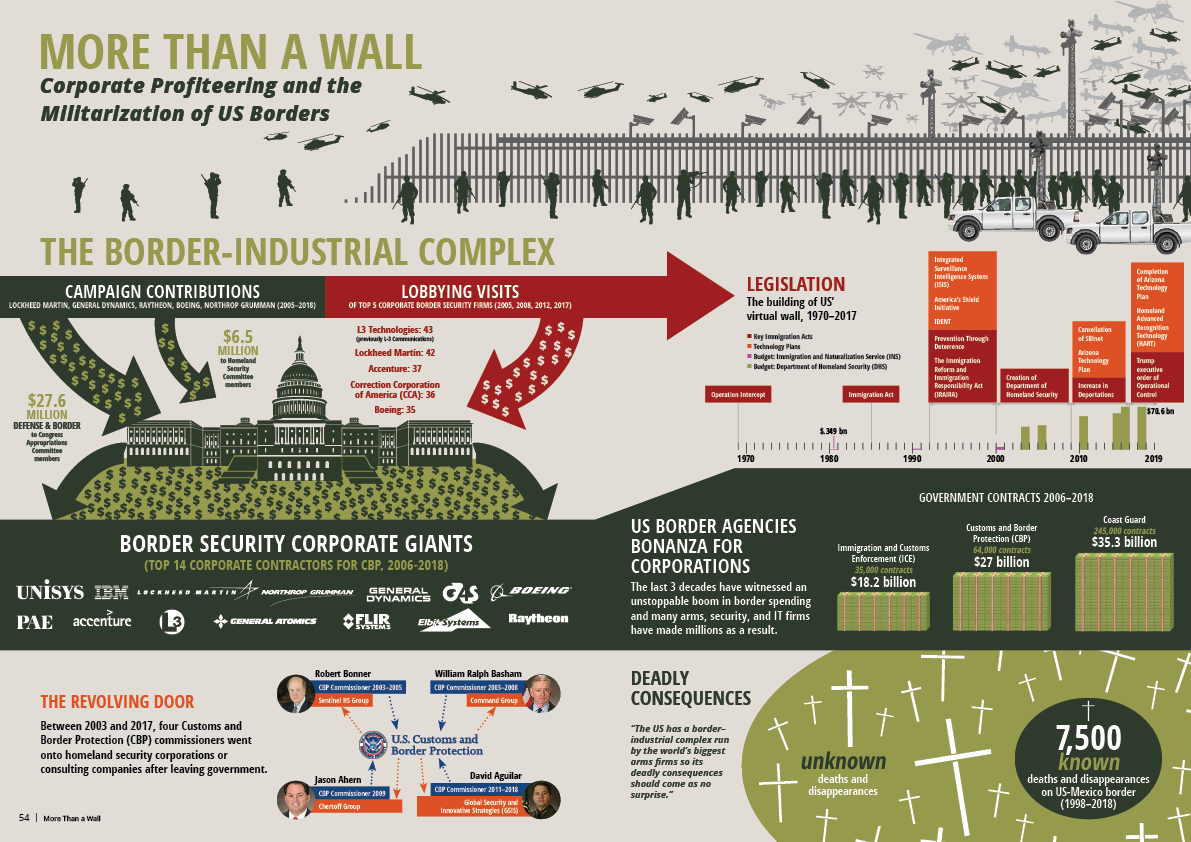
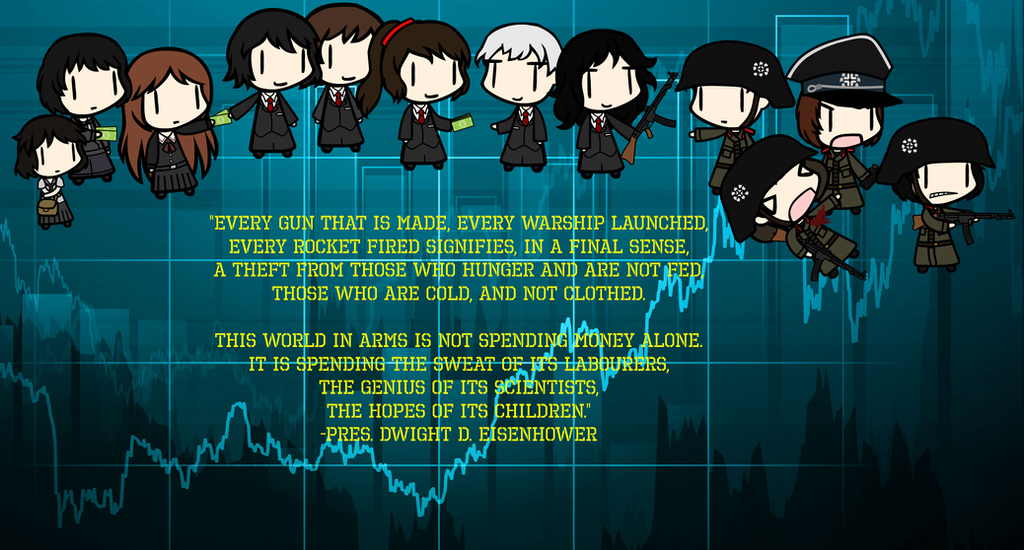

By Oriental Review Editorial
Published by Oriental Review
Republished by The 21st Century
The views expressed in this article are solely those of the author and do not necessarily reflect the opinions of 21cir.com
